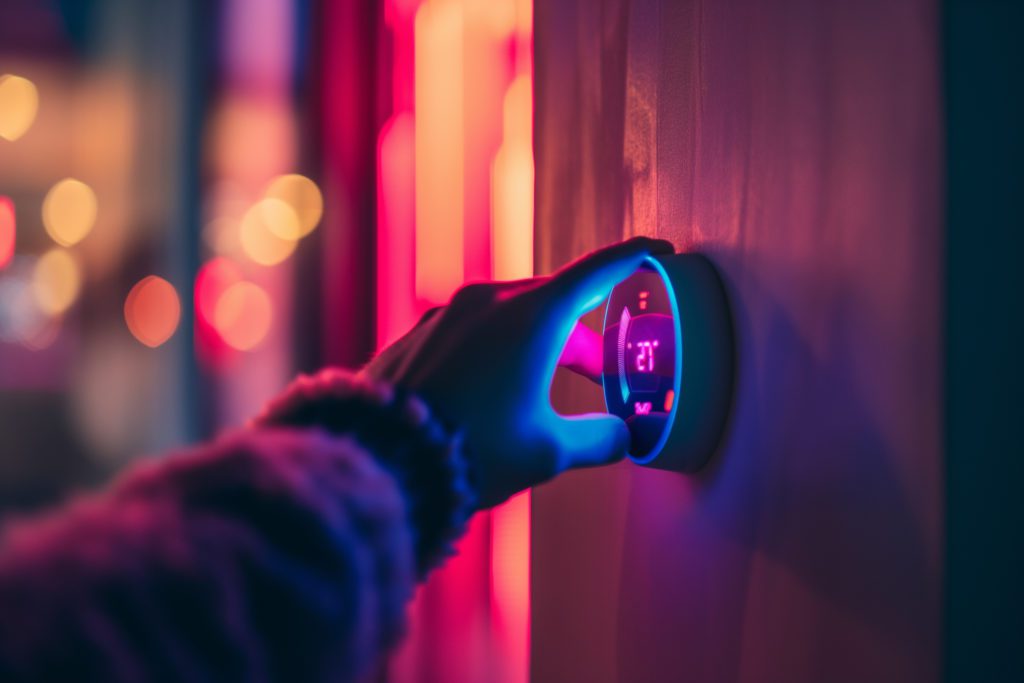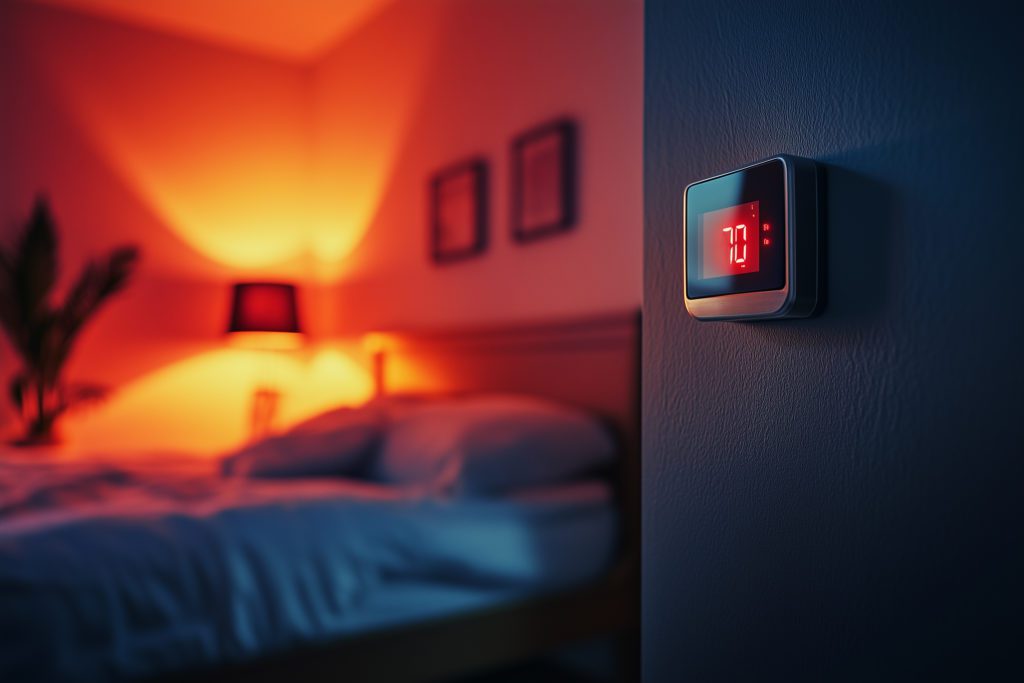
Thermal Comfort and Sleep Satisfaction: How Temperature Preferences Vary Among Individuals
Learn the secret to a good night's sleep: find your perfect bedroom temperature. Learn how thermal comfort affects the quality of sleep and tips for better sleep.

A good night’s sleep is vital for overall well-being. However, did you know that the temperature of your bedroom could be undermining your sleep quality? Finding the best temperature for sleep is not a one-size-fits-all solution, as individual preferences vary significantly.
Thermal comfort plays a crucial role in determining sleep quality. If the temperature is too high, it can create an uncomfortable environment. If it is too low, you may find yourself shivering under the blankets. The ideal temperature strikes a balance, allowing for a deeper and more restorative sleep.
In this article, we'll discuss the science behind sleep and temperature and share tips on how to find your personal best temperature for sleep. It's not the same for everyone, but we'll help you find what's just right for you.
The Science Behind Thermal Comfort and Sleep
Your circadian rhythm is the 24-hour internal clock that controls everything from when you feel sleepy to when you wake up in the morning. One of its key roles is to regulate your body temperature.
Typically, your body temperature drops a few degrees at night, signaling to your brain that it's time to go to bed. This drop in temperature is essential for transitioning into a deep sleep, that restorative stage where your body heals and rejuvenates.
Studies have shown that there's a sweet spot for sleep temperatures. According to the National Sleep Foundation, the best temperature for sleep is somewhere between 60 and 67 degrees Fahrenheit (15.6 to 19.4 degrees Celsius). However, this range is not universally applicable, as individual factors such as age, gender, and health conditions can influence thermal comfort.
Individual Variations in Temperature Preferences
Age plays a significant role in how we experience temperature. Children and teenagers, with their faster metabolisms and higher energy levels, often prefer cooler environments.
On the other hand, as we age, our bodies lose some of their ability to regulate temperature, leading to a preference for warmer sleeping conditions.
Gender also influences temperature preferences. Research has shown that women generally prefer slightly warmer environments than men. Hormonal fluctuations, such as those experienced during menstruation, pregnancy, or menopause, can also cause women to feel hotter than usual.
Then there's the psychological aspect. Some people sleep better in environments that remind them of comfort and safety, such as a cool, crisp room for some or a warm, cozy space for others.
Finding Your Personal Best Temperature for Sleep
Now that we've established that the best temperature for sleep is deeply personal, the million-dollar question is: How do you find your own sweet spot?
First, set your thermostat to the recommended range. Spend a few nights at different temperatures within this range and note how you feel in the morning. Do you wake up refreshed or groggier than a Monday morning without coffee?
Pay attention to how you feel during the night as well. If you're waking up feeling too hot or cold, that's a clear sign that your thermostat needs adjusting. Some people find that their ideal temperature changes depending on the time of year.
For instance, you might prefer it cooler in the summer but a bit warmer in the winter—kind of like switching up your wardrobe with the seasons.
It's also important to consider the type of bedding and sleepwear you're using. Heavy blankets might make you feel cozy initially, but they could cause you to overheat as the night goes on. On the flip side, lightweight blankets might leave you feeling exposed and chilly. The same goes for sleepwear—choose breathable fabrics like cotton or bamboo, which can help regulate your body temperature.
Pillow can be invaluable for those who want to take it a step further. By monitoring your sleep patterns and the temperature of your environment, Pillow can provide personalized insights that help you pinpoint your optimal sleep temperature.
You'll be surprised at how a few degrees can make the difference between tossing and turning and sleeping like a log.
One last tip: don't forget about airflow. A fan or an open window can sometimes create a comfortable sleep environment. It's not just about cooling the room; it's about keeping the air fresh and breathable, which can also contribute to better sleep.
Tips to Enjoy Quality Sleep Through All Seasons
As much as we'd love to keep our bedrooms at the perfect temperature all year round, nature has other plans. But don't worry. We have some tips to keep your sleep on track.
Sleeping Well During Summer
Consider investing in heat-busting strategies if you want to sleep well during summer nights.
A good-quality fan can circulate the air and help keep things cool without the need to crank up the AC.
You might also want to switch to lighter, more breathable bedding—think linen or cotton—to avoid feeling stuck under a pile of heavy blankets.
Sleeping Well During Winter
Winter, on the other hand, brings its own set of challenges. Cold nights might make you want to burrow under layers of blankets, but too much warmth can disrupt your sleep. Instead of turning up the heat, consider adding a humidifier to your room.
Heating systems tend to dry out the air, irritating your sinuses and making it harder to sleep. A humidifier can help maintain moisture in the air. Try out these tips to have perfect sleep hygiene in winter.
What Should You Remember?
We want you to remember that your sleep environment plays a crucial role in how well you sleep, so don't be afraid to make changes. Whether it's adjusting your thermostat or switching up your bedding, every little tweak can bring you closer to that perfect night's sleep.
In the end, it's all about balance—finding the temperature that's just right for you and your unique needs.

Written by
Dr Aqsa
As a Medical Doctor, Dr Aqsa, uses her knowledge to craft complex medical information that is understandable to the general public. For years, she has tried to improve health literacy and empower readers with valuable health knowledge through her articles, blog posts, and educational materials.
Download Pillow
Get help
Press & News
Legal
Connect
X (Twitter)
Company
Copyright © Neybox Digital Ltd.



